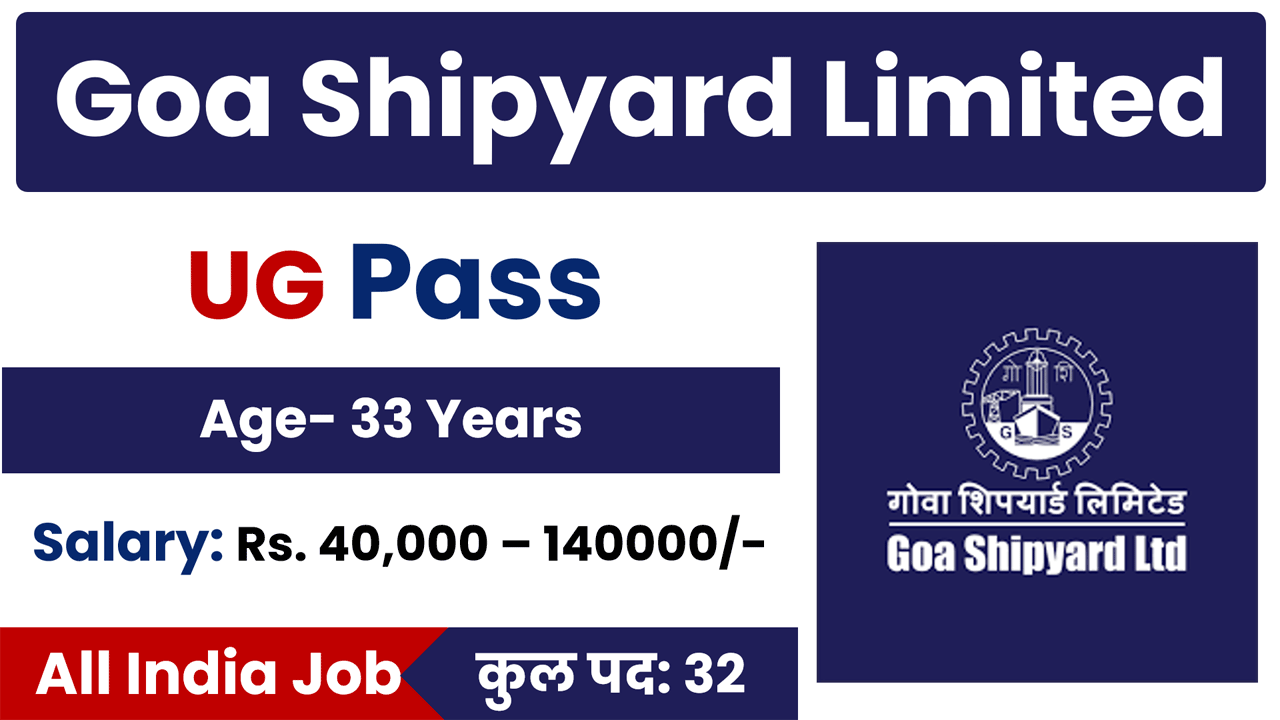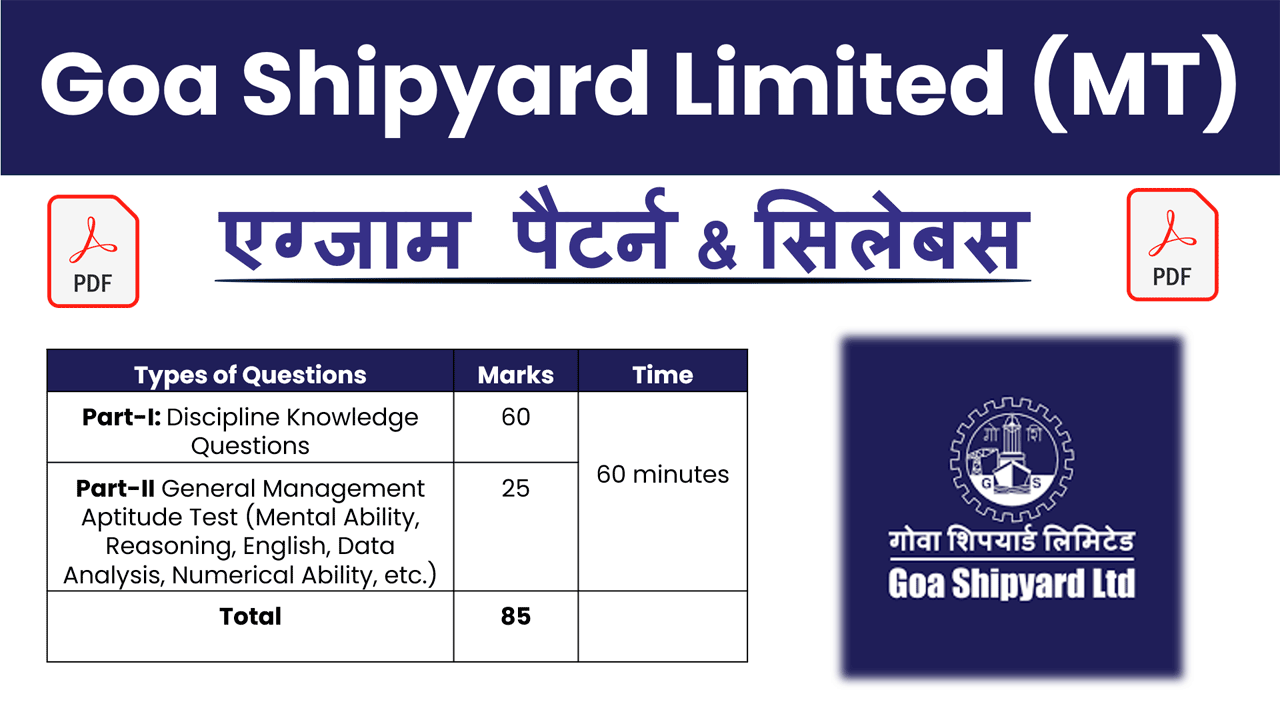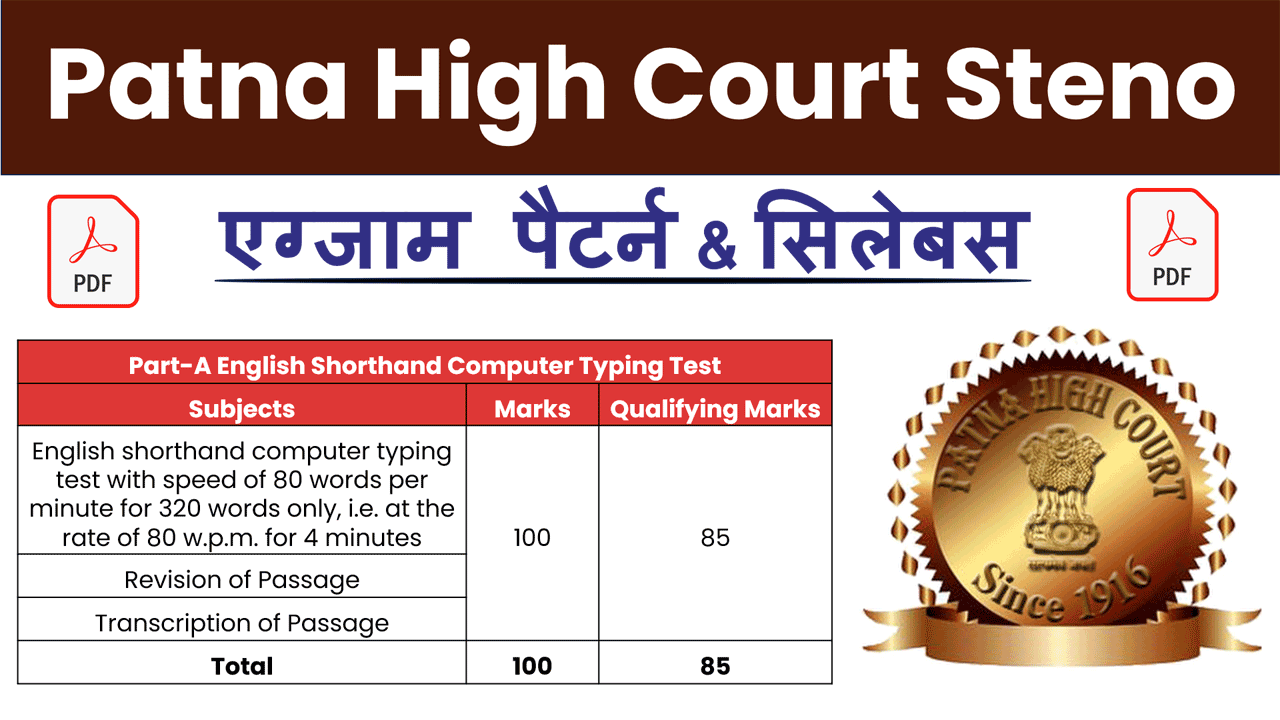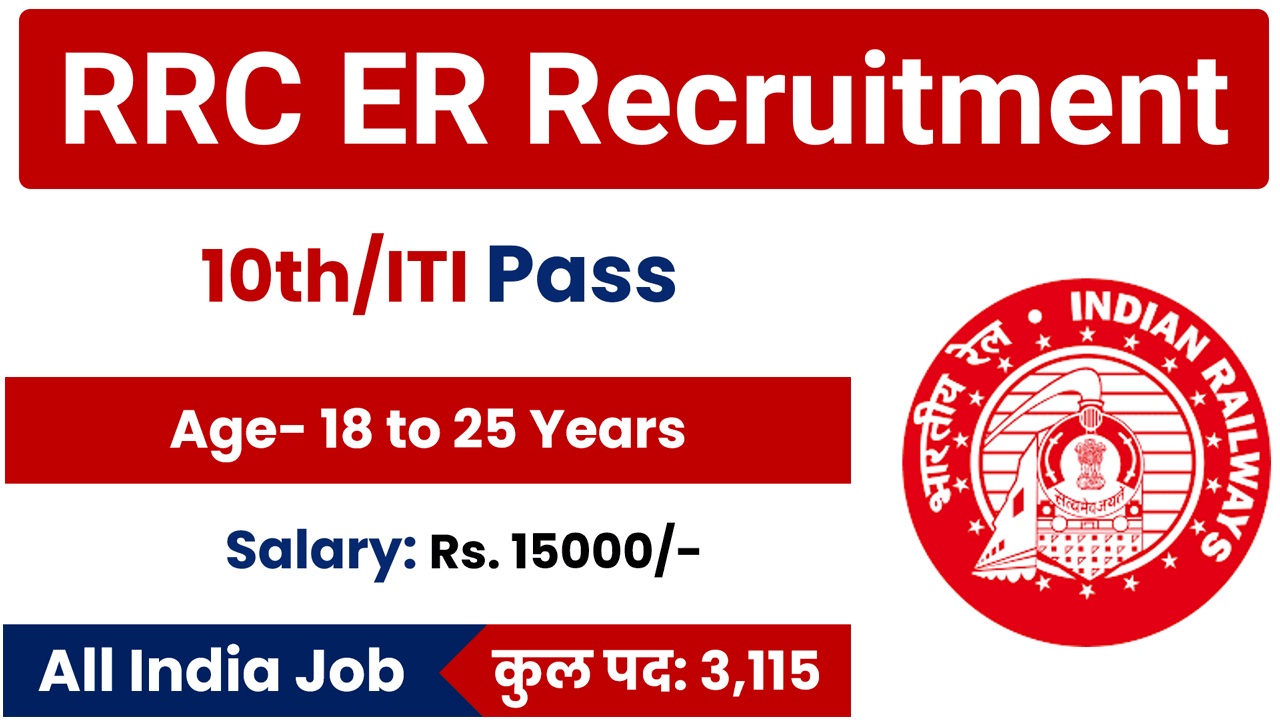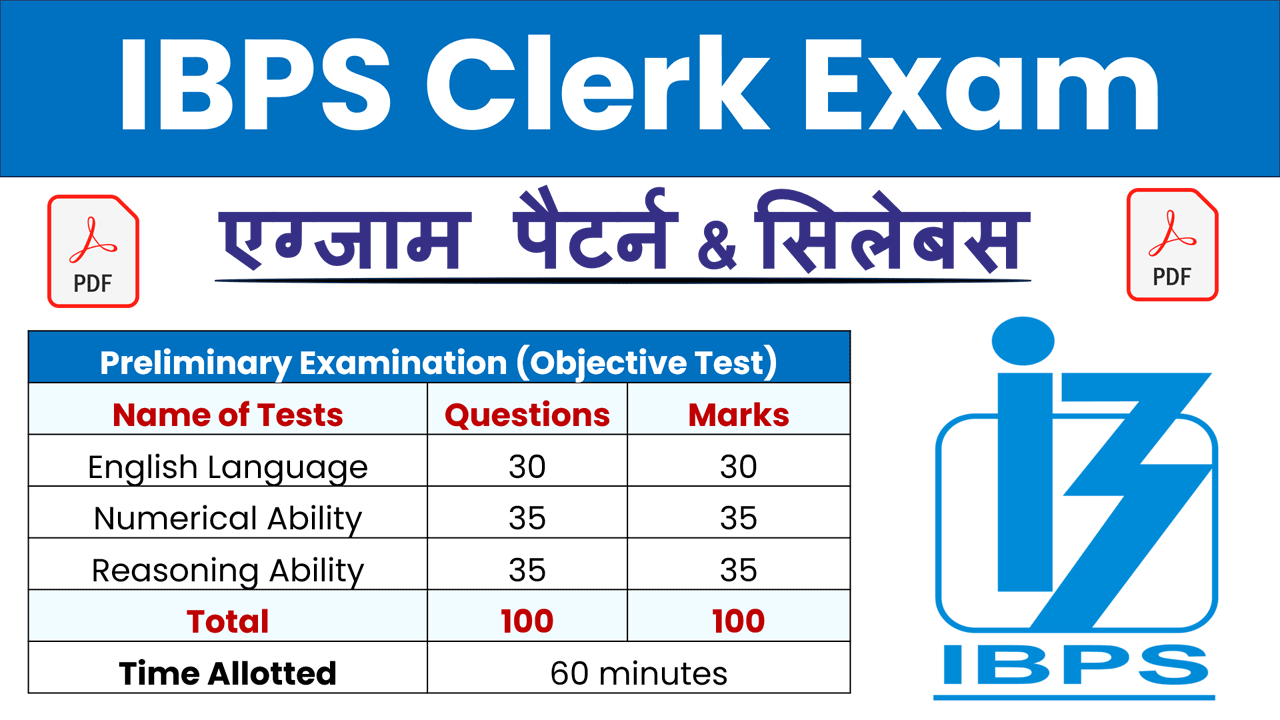Mastering Profit, Loss, and Discount: A Comprehensive Guide for Competitive Exams: In the realm of competitive exams, understanding profit, loss, and discount is not just beneficial but essential. Whether you’re preparing for entrance tests, government job exams, or any competitive assessment, a strong grasp of these concepts can significantly elevate your performance. This guide dives deep into the intricacies of profit, loss, and discount, providing you with everything you need to excel in this critical topic.
| Chapters | Download Links |
| Average📙 | Download 🔗 |
| Compound Interest📙 | Download 🔗 |
| Circle📙 | Download 🔗 |
| Cube & Cube Root📙 | Download 🔗 |
| Cuboid📙 | Download 🔗 |
| Cylinder📙 | Download 🔗 |
| Heights & Distance📙 | Download 🔗 |
| LCM & HCF📙 | Download 🔗 |
| Mixture and Allegation📙 | Download 🔗 |
| Partnership📙 | Download 🔗 |
| Percentage📙 | Download 🔗 |
| Profit, Loss & Discount📙 | Download 🔗 |
| Quadrilateral📙 | Download 🔗 |
| Ratio & Proportion📙 | Download 🔗 |
| Simple Interest📙 | Download 🔗 |
| Simplification📙 | Download 🔗 |
| Speed, Time & Distance📙 | Download 🔗 |
| Sphere📙 | Download 🔗 |
| Square & Square Root📙 | Download 🔗 |
| Time and Work📙 | Download 🔗 |
| Trigonometry📙 | Download 🔗 |
What is Profit, Loss, and Discount?
Profit: Profit is the financial gain made when the selling price of a product or service exceeds its cost price. It’s calculated as Selling Price (SP) – Cost Price (CP).
Loss: Loss occurs when the selling price of a product or service is less than its cost price. It’s calculated as Cost Price (CP) – Selling Price (SP).
Discount: A discount is a reduction in the original price of a product or service. It’s usually expressed as a percentage of the original price.
Importance of Profit, Loss, and Discount in Competitive Exams
- Quantitative Aptitude: Questions on profit, loss, and discount are common in quantitative aptitude sections of competitive exams. They test your ability to calculate percentages, understand pricing strategies, and analyze business transactions.
- Business and Economics: Understanding profit, loss, and discount is crucial for financial literacy and economic decision-making, making it relevant across various competitive exams.
- Real-life Applications: Many exam questions simulate real-world scenarios involving buying and selling goods, pricing strategies, and consumer behavior.
Types of Problems in Profit, Loss, and Discount
- Basic Problems: These involve calculating either profit or loss when given the cost price and selling price of an item.
- Successive Discounts: Problems where multiple discounts are applied successively to a product’s original price.
- Marked Price and Discount: Calculating the selling price or discount percentage when the marked price and discount percentage are given.
Tips for Mastering Profit, Loss, and Discount
- Understand Formulas: Memorize and understand the formulas for calculating profit, loss, and discount. Practice applying these formulas to different scenarios.
- Solve Practice Problems: Regular practice is key to mastering profit, loss, and discount problems. Solve a variety of problems from previous years’ papers and mock tests.
- Application of Concepts: Develop the ability to apply profit, loss, and discount concepts to real-life scenarios. This includes understanding scenarios involving cost price adjustments, selling price strategies, and market dynamics.
Conclusion
In conclusion, mastering profit, loss, and discount is not just about numerical calculations; it’s about developing analytical skills and understanding pricing dynamics. By familiarizing yourself with different types of problems and practicing consistently, you can approach competitive exams with confidence. Remember, the ability to apply profit, loss, and discount concepts is valuable beyond exams, extending into everyday financial decisions.



